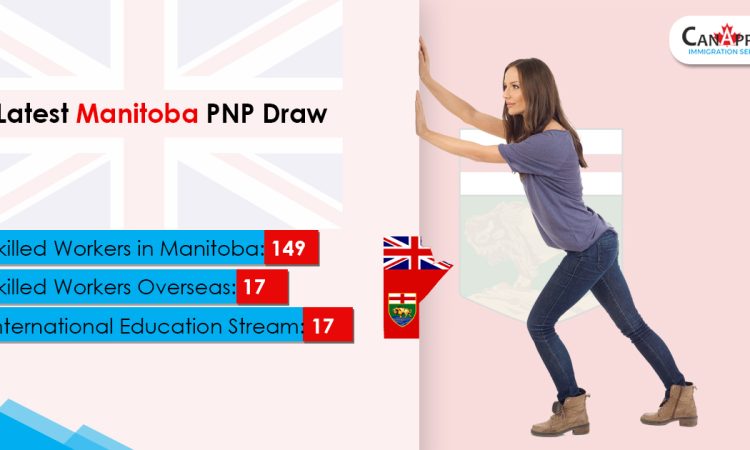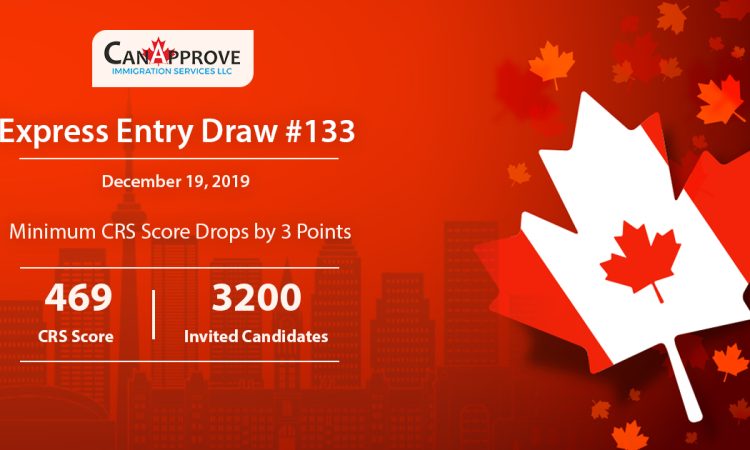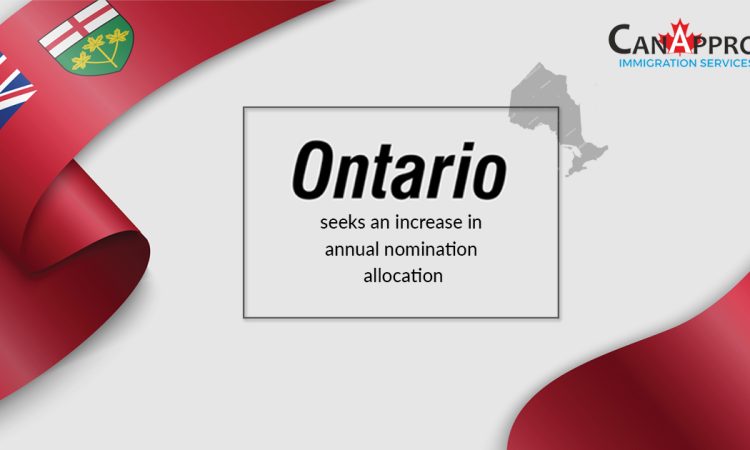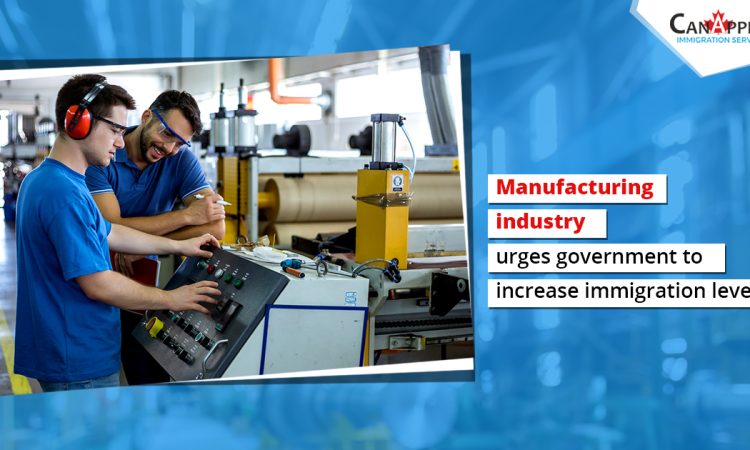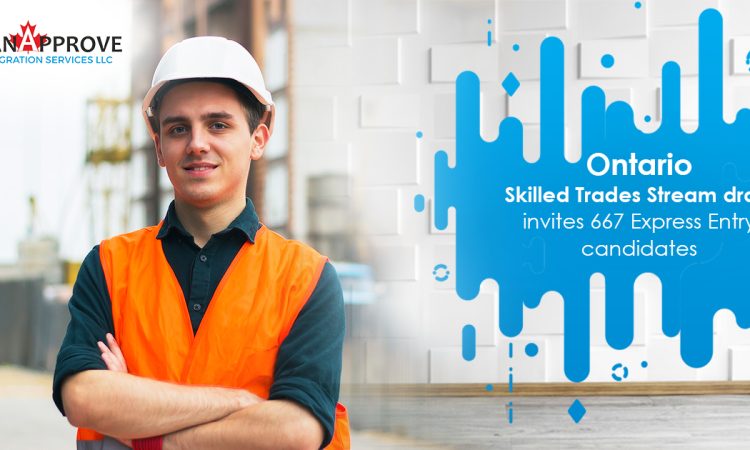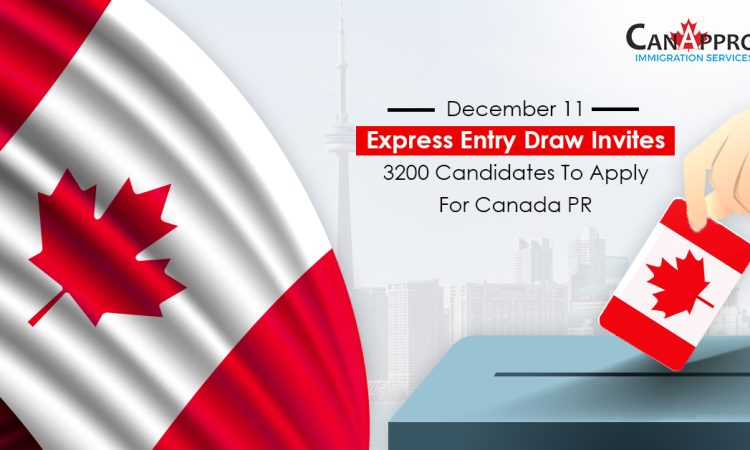Manitoba invited a total of 183 candidates to apply for a provincial nomination in the latest Expression of Interest draw held on December 19. The candidates invited in the draw belonged to the Skilled Workers in Manitoba, Skilled Workers Overseas and the International Education Streams of MPNP. With the latest draw, the number of Letters of Advice of Apply(LAAs) issued by MPNP so far this year has touched 7545.
The distribution of LAAs issued in the December 19 draw is as follows:
- Skilled Workers in Manitoba: 149
- Skilled Workers Overseas: 17
- International Education Stream: 17
The minimum score of candidates selected under the Skilled Worker in Manitoba Stream was 542 and that of Skilled Worker Overseas Stream candidates was 559.
Manitoba Express Entry
Among the total 183 invitations issued by Manitoba in the December 19 draw, 16 were issued to candidates from the Express Entry pool. To be considered for provincial nomination from Manitoba, the Express Entry candidates must have work experience in one of the eligible occupations of Manitoba and have submitted an Expression of Interest to the MPNP, besides meeting other requirements. Upon successful application, the candidate will receive provincial nomination from Manitoba and 600 additional Comprehensive Ranking System(CRS) score points, which would ensure them an invitation to apply for permanent residence in Canada in the subsequent Express Entry draw.
MPNP Expression of Interest
Candidates belonging to either the Skilled Worker in Manitoba category or the Skilled Worker Overseas category must first submit an Expression of Interest in order to be considered for provincial nomination from Manitoba. Each submitted EoI is assessed and awarded a score based on a number of eligibility factors that include work experience, education, previous connections to the province etc. The highest scoring candidates are issued LAAs with which they can apply for a provincial nomination from the province.
Get in touch with our expert immigration consultants to know more about applying for Canada migration through PNP.
 WHATSAPP
WHATSAPP